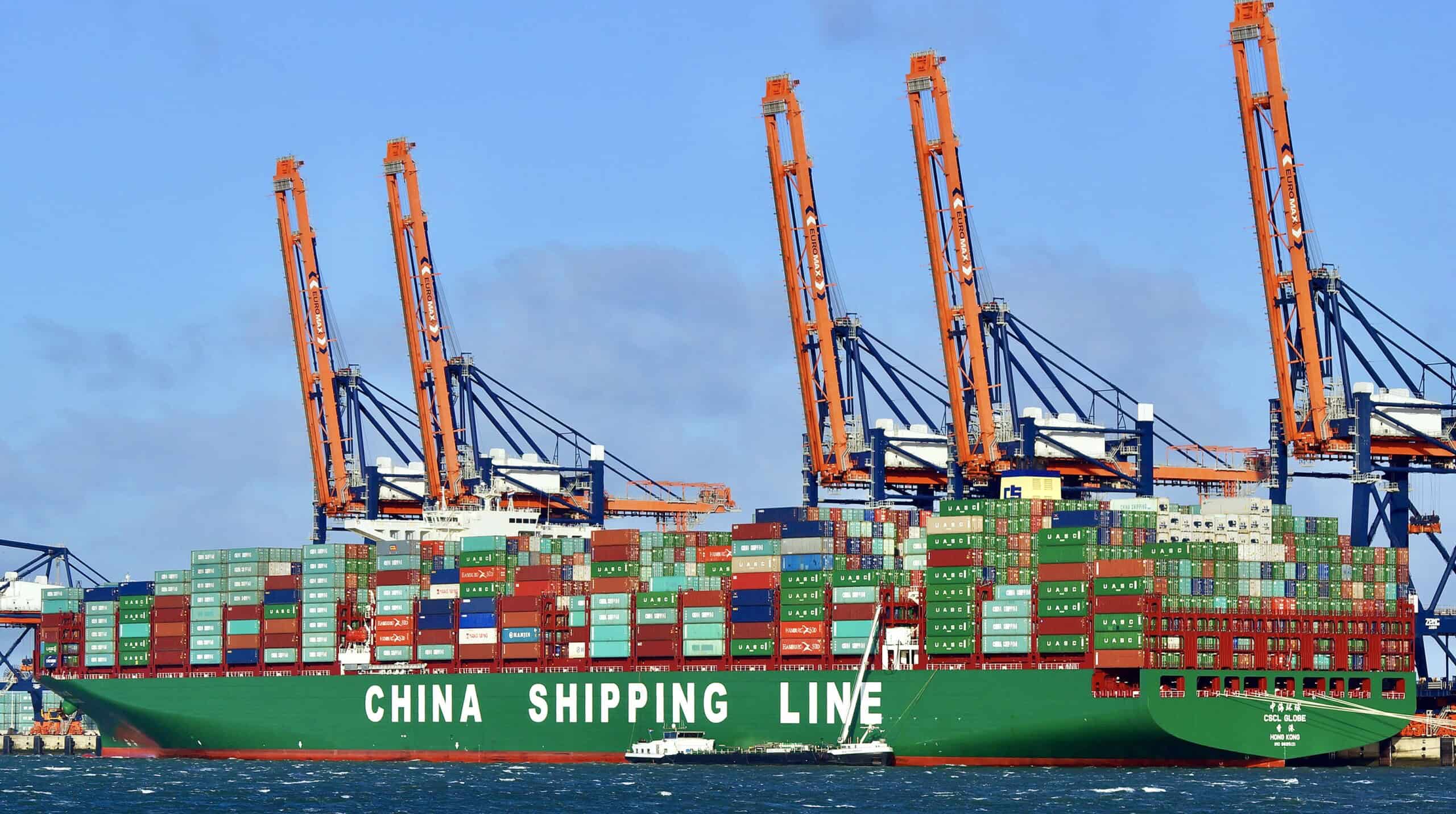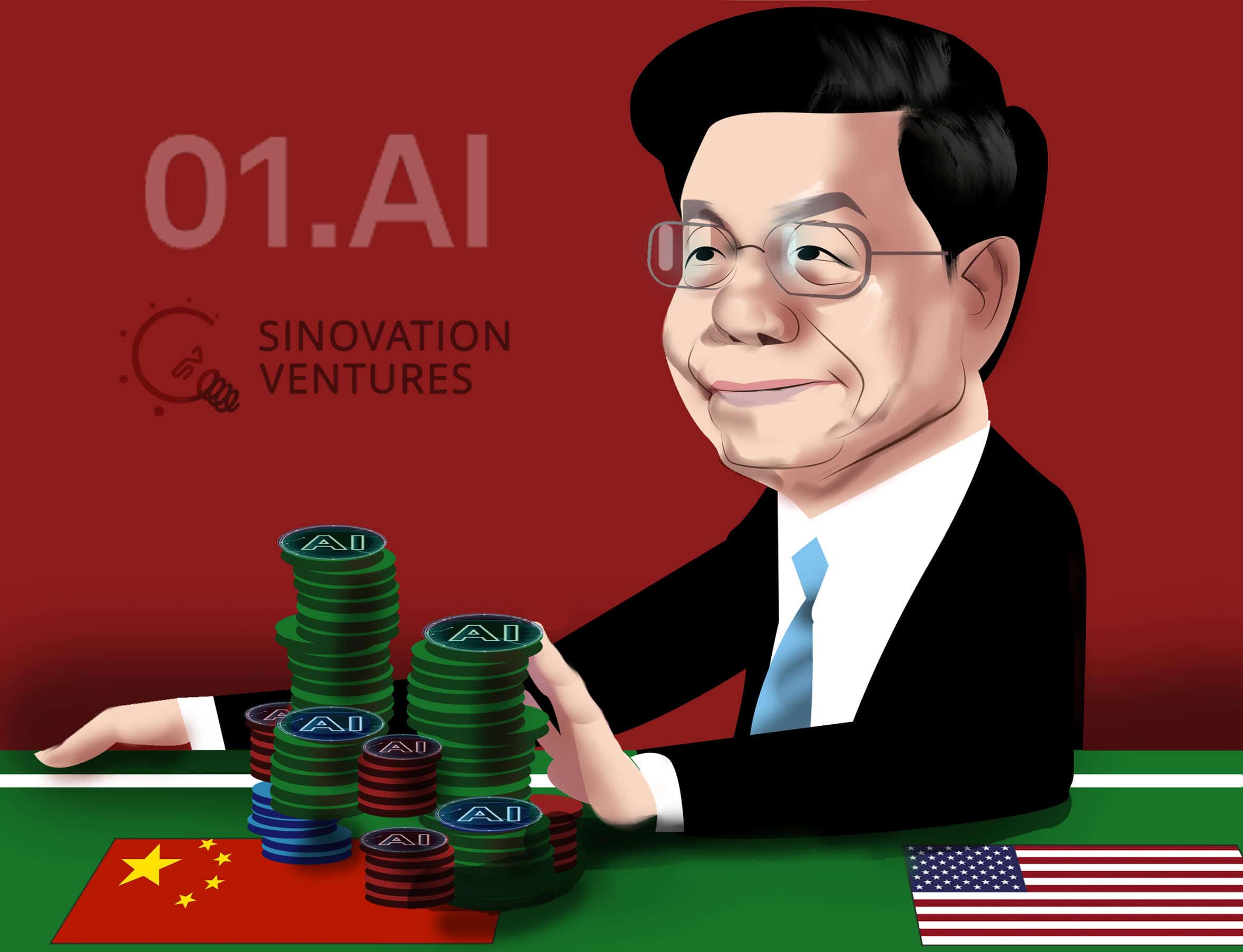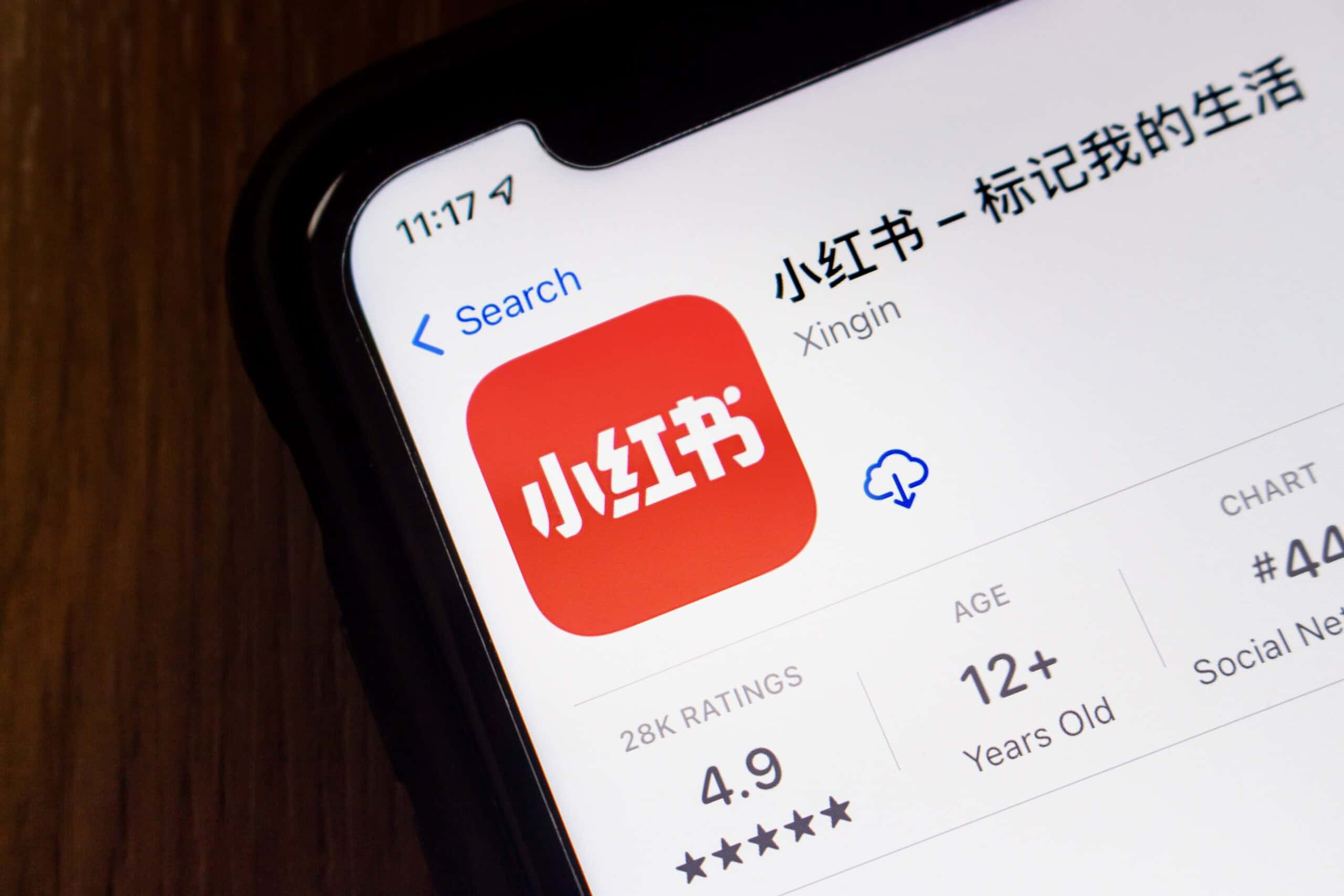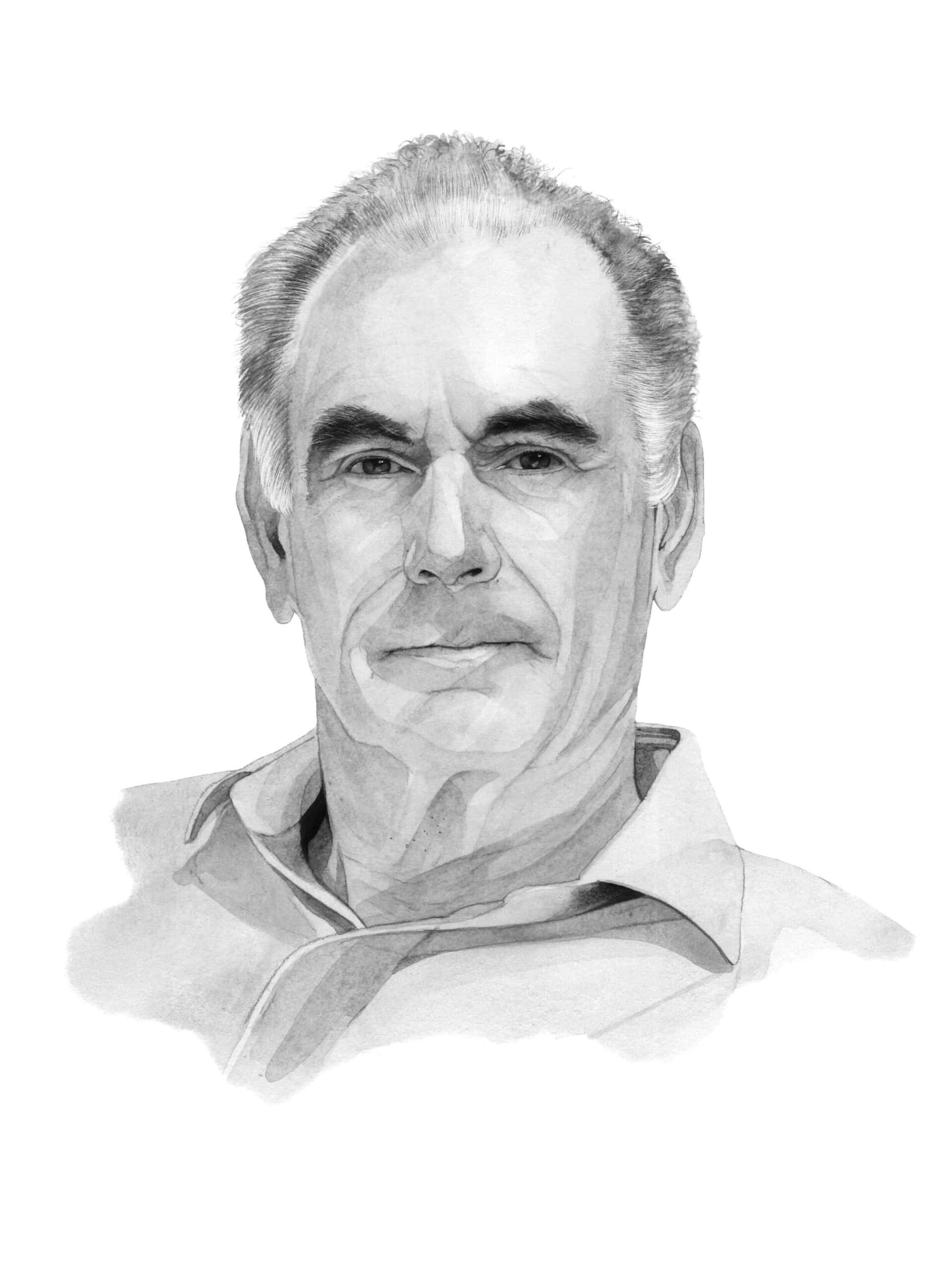
By nearly all measures, China’s almost $1 trillion trade surplus for 2024 is the largest by any nation since World War Two. The already-vast gap between exports and imports in the world’s second-largest economy widened by 20 percent year on year, even as fears grew across the globe — particularly in Washington and Brussels — that Chinese companies are simply shipping more and more goods abroad that they can’t sell at home.
Despite such worries, China’s exports to the United States and European Union still grew by 5 percent and 3 percent respectively last year, totaling more than $1 trillion worth of goods, according to Chinese customs statistics released this week. That was roughly in line with the 6 percent growth rate for China’s total exports; the country’s global imports increased by just 1 percent.

A deeper dive into the data does show shifting trade patterns, however. For example, China’s exports to Southeast Asia, where there are few market barriers for Chinese firms and strong consumer demand for cheap imports grew 12 percent. Meanwhile, only a handful of countries imported less from China in 2024 than the year prior.

At the same time, the United States has become the largest customer for Southeast Asian goods. As a result, China’s exports to the 10 countries in the Association of Southeast Asian Nations and the bloc’s exports to the U.S. have become closely linked.

This has led some hawks to propose tariffs on imports from Southeast Asia and other manufacturing hubs made with Chinese inputs. Yet economists say such a measure would have its price. “That is a Herculean effort that will be extremely costly and really quite fragmenting to the global economy,” says Mary Lovely, senior fellow at the Peterson Institute for International Economics.
It’s not just new markets that have invigorated China’s exports. China’s sales abroad have been aided by a depreciating yuan, which has fallen in real terms against its trading partners’ currencies due to China’s low inflation rate. That makes exports cheaper.

While almost all of the products China sells overseas are manufactured, low-value items no longer make up the majority of exports. Rather, high-value-added products topped China’s exports charts last year.

Indeed, it is exports of these high-value-added products that are growing fastest. The value of the country’s integrated circuit (also known as microchip) sales overseas rose 17 percent last year, and the value of car exports rose 16 percent. Meanwhile, exports of rare earths fell significantly as China consolidated control over the global battery supply chain.

Many economists have suggested that Chinese exporters are ramping up shipments ahead of President-elect Donald Trump’s return to the White House. But these concerns are not overtly apparent in Chinese trade data. Monthly exports to the United States rose around 5 percent between October and December, but those to the EU, where there is no immediate tariff impetus to boost trade, rose by even more — nominally and proportionally.
“Front-loading is going to happen as long as the probability of tariffs is going up and people have money to spend on inventory,” Lovely says. “But we don’t know how much of China’s exports are being driven by that because of demand weakness in China.”

On the import side, China’s trade data offers little to indicate that U.S.-led chip controls are reducing the country’s supply of semiconductors. China imported more microchips by quantity last year than in any year since 2021, the year before U.S. President Joe Biden began his barrage of export controls. (The data does not isolate advanced chips from legacy ones.)
At the same time, China’s imports from the Netherlands, home of key chip equipment supplier ASML — the largest European tech firm by market cap — rose 11 percent. The company was on pace to ship almost half of its sales to China last year, according to its most recent quarterly report — but chief executive Christophe Fouquet said in October that he expects the Chinese market to cool after ASML clears a lingering pandemic order backlog.

Noah Berman is a staff writer for The Wire based in New York. He previously wrote about economics and technology at the Council on Foreign Relations. His work has appeared in the Boston Globe and PBS News. He graduated from Georgetown University.



